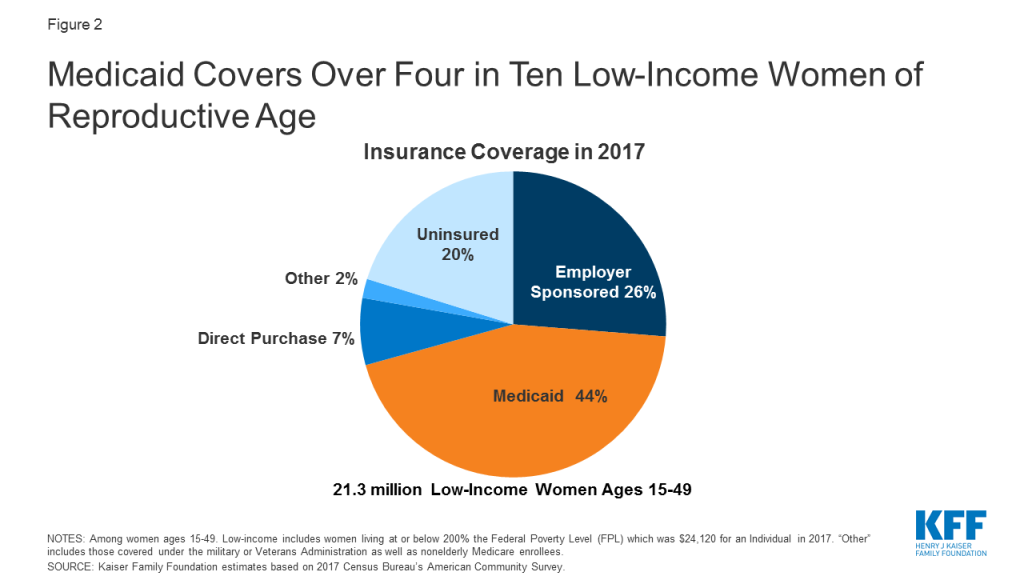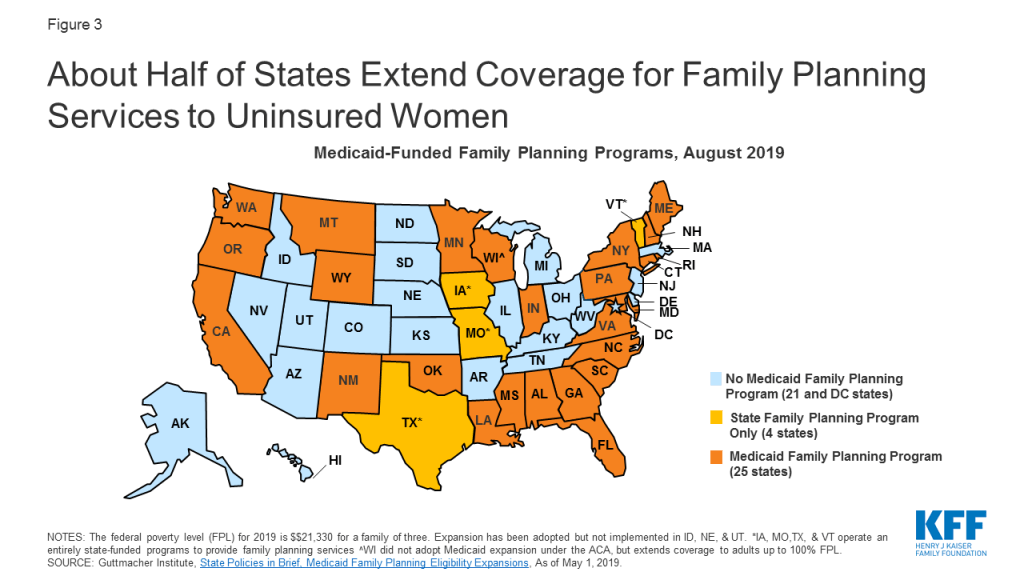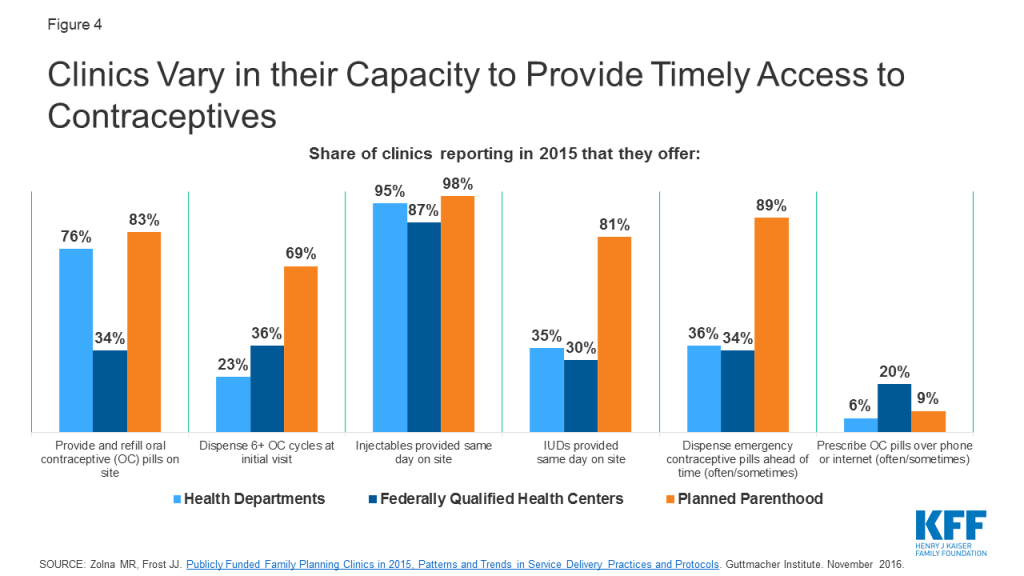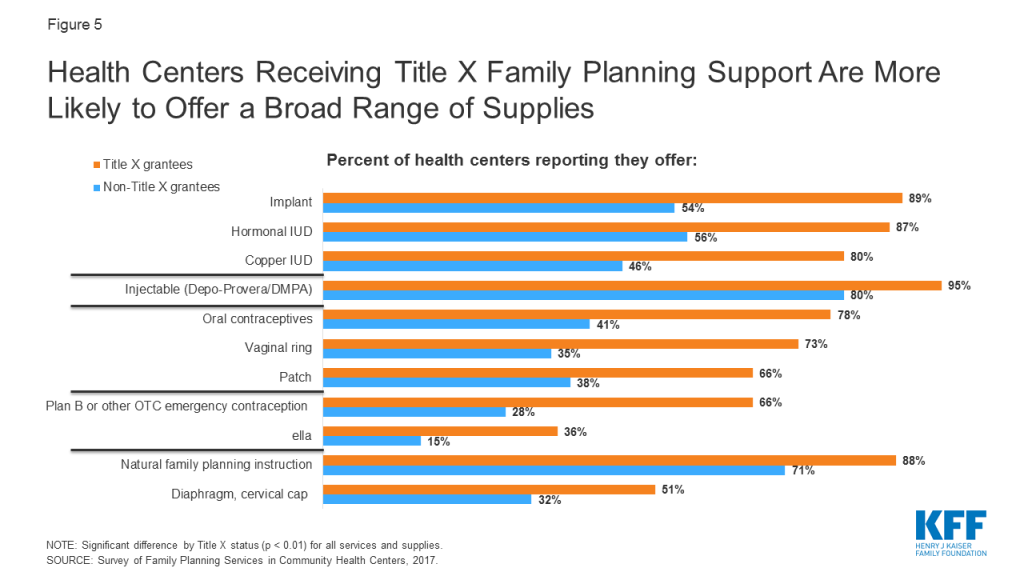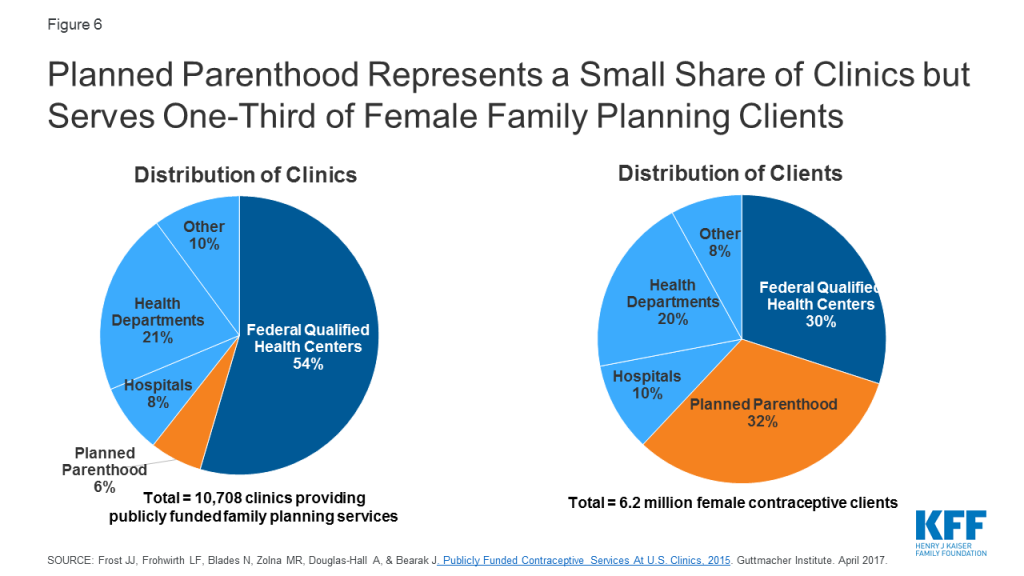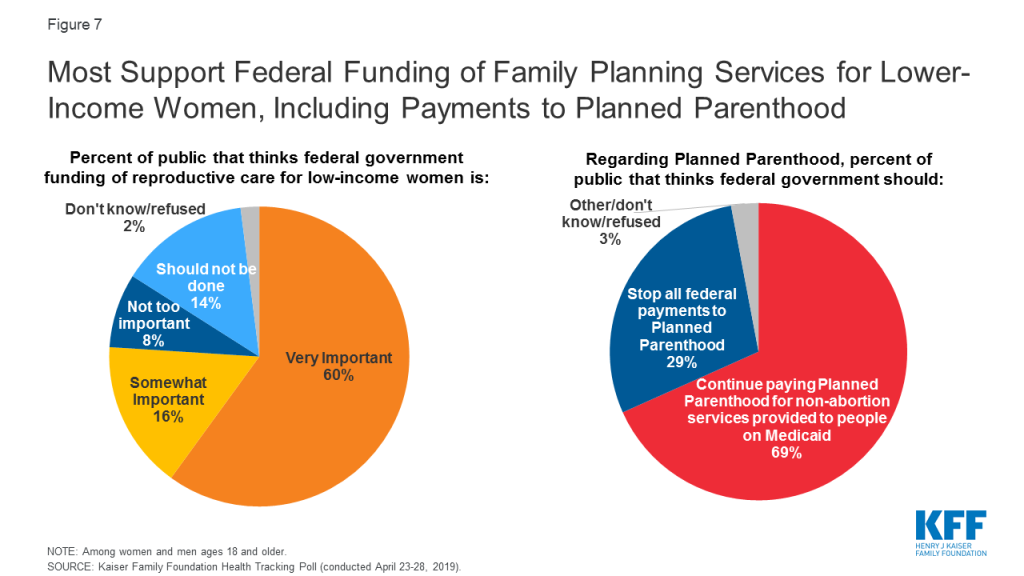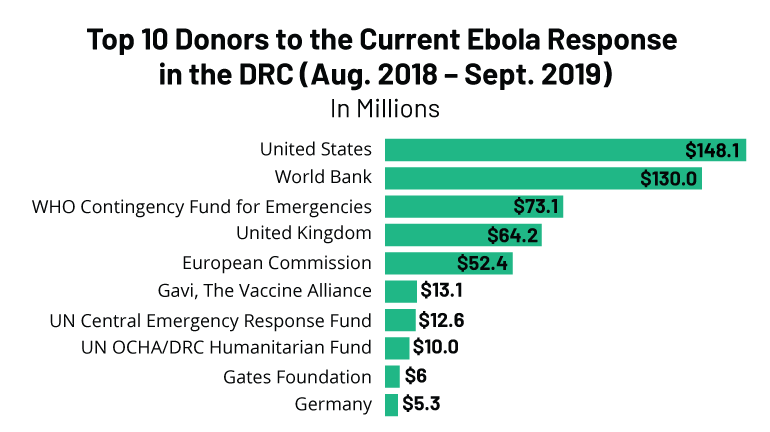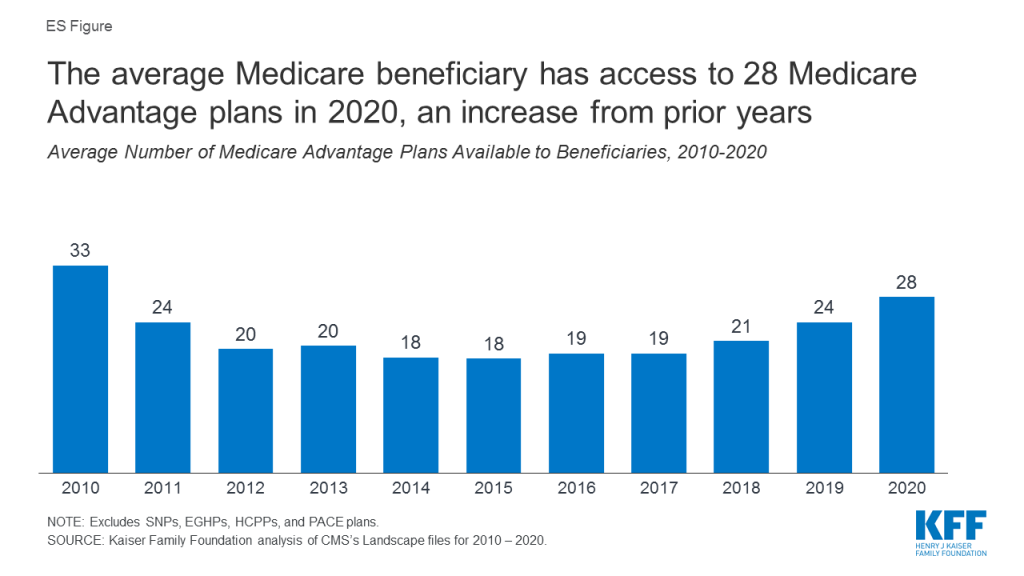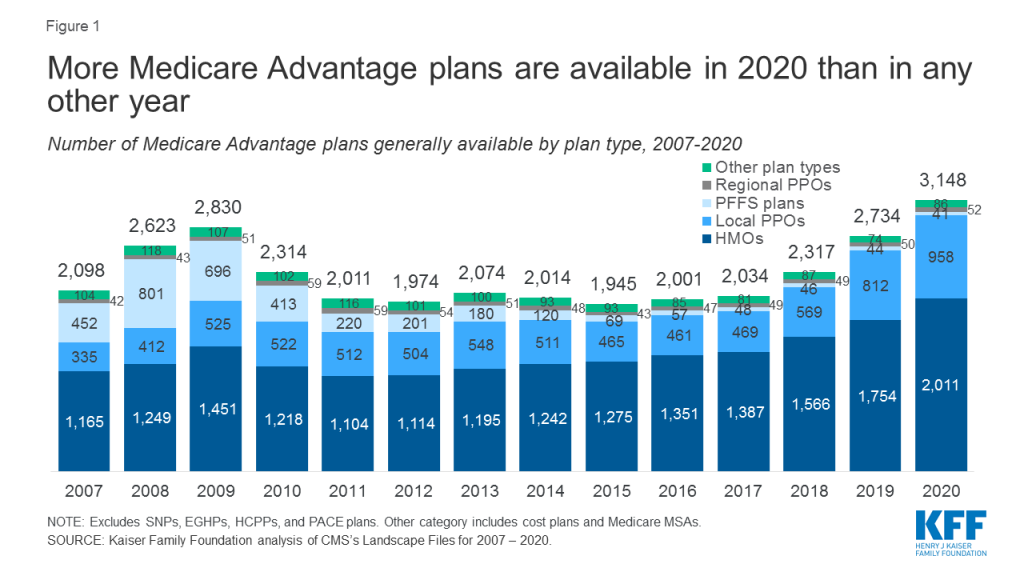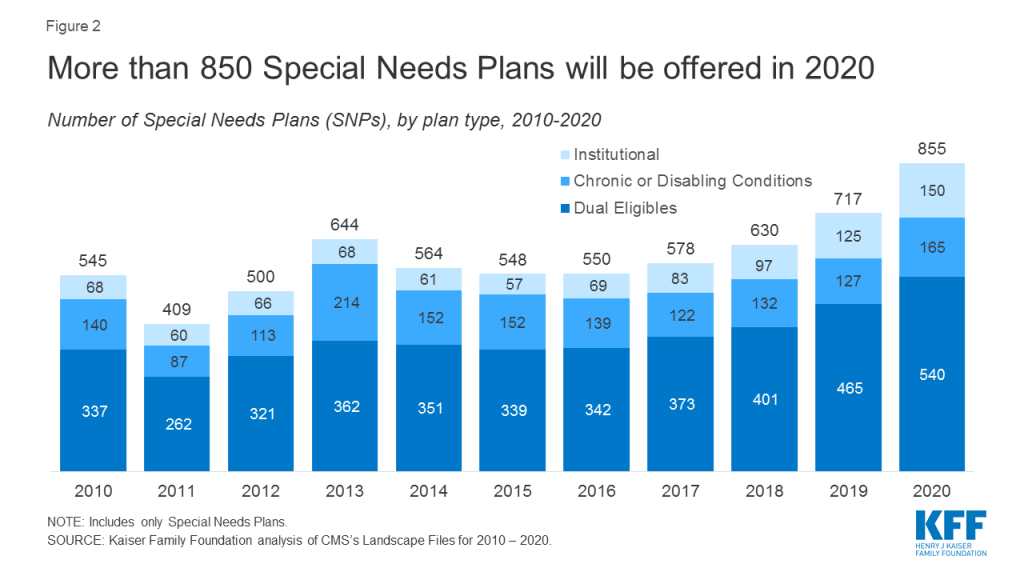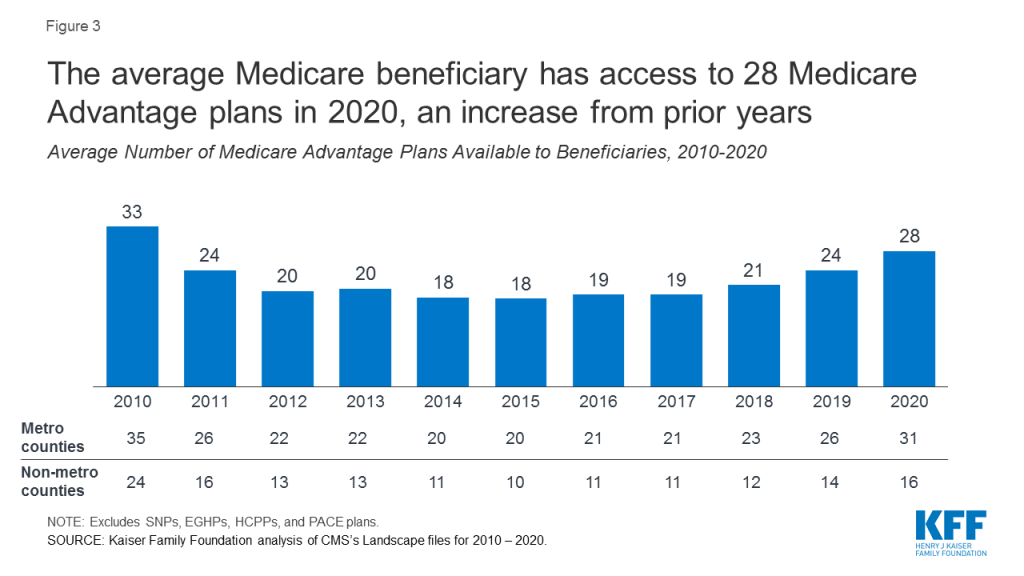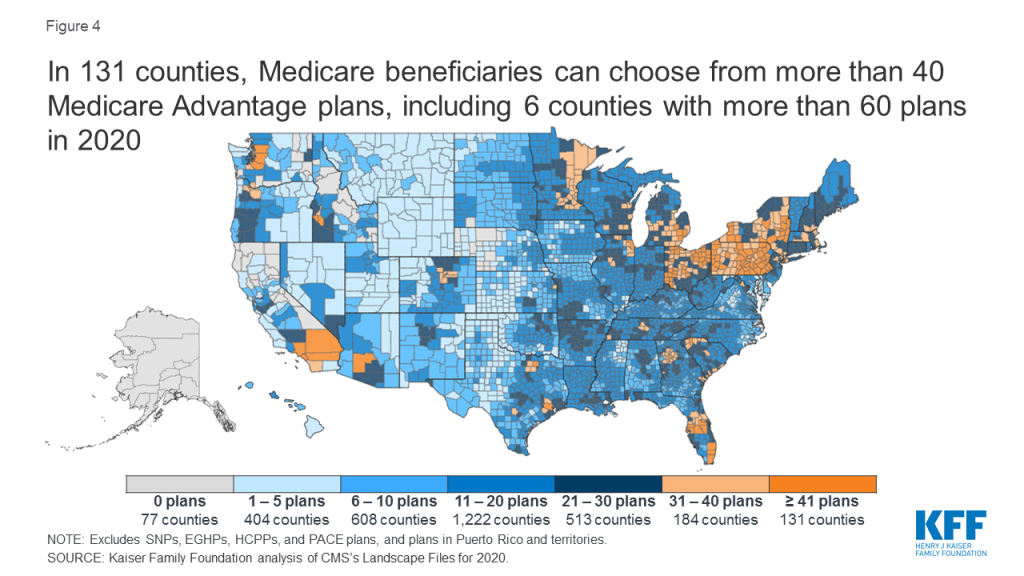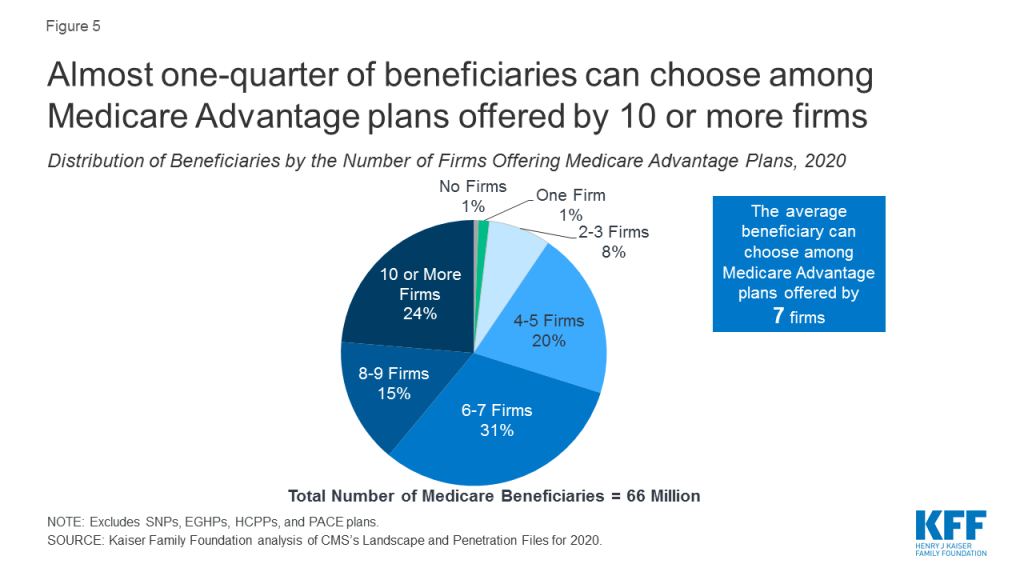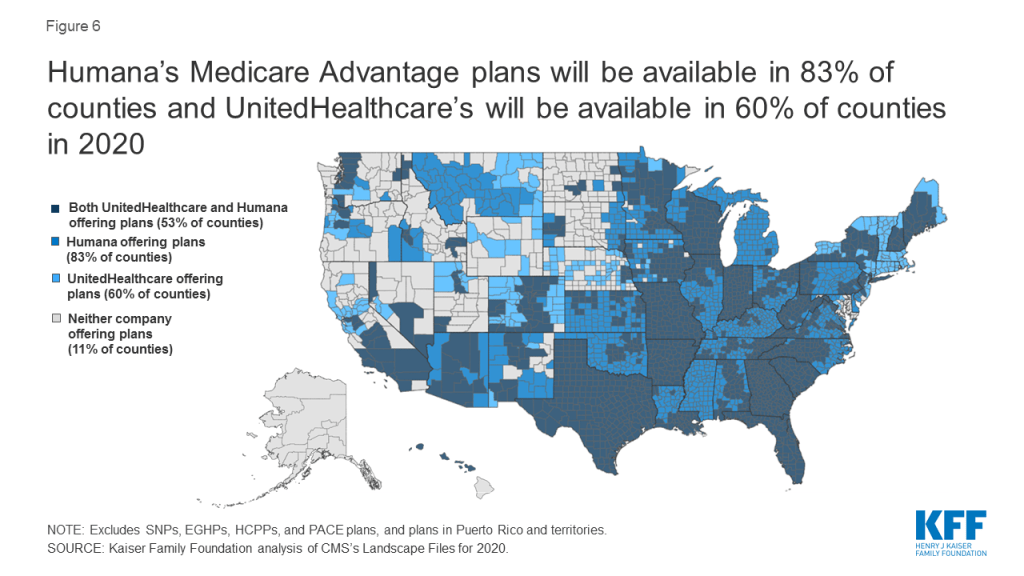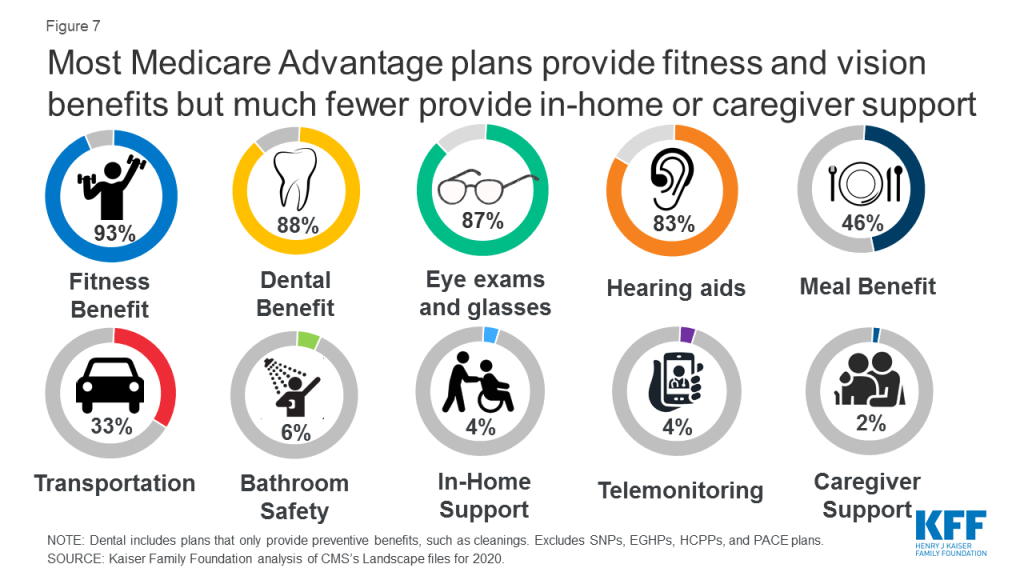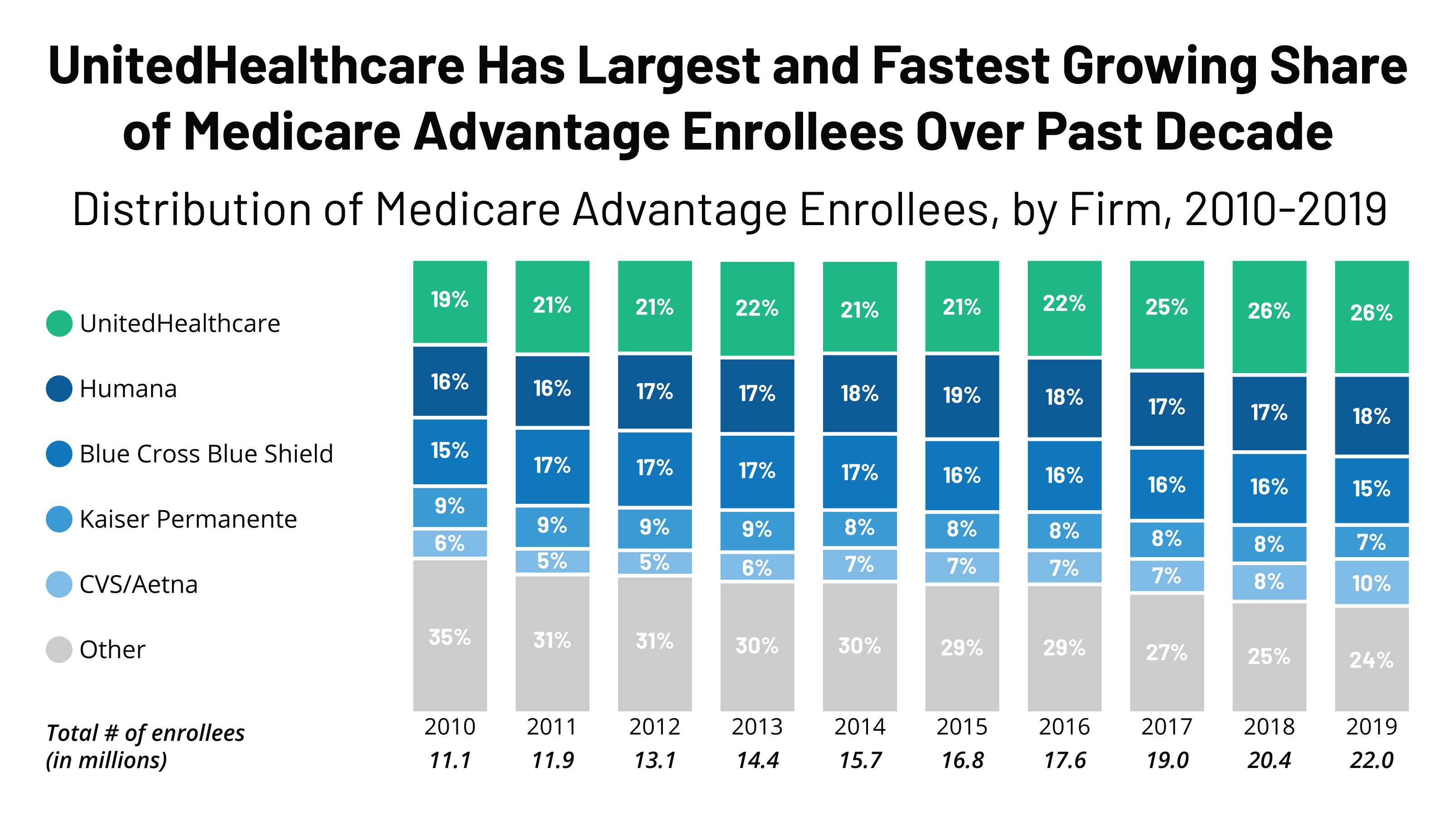Introduction
Since taking office, the Trump Administration has implemented policies to curb immigration and enhanced immigration enforcement efforts. Amid this policy and political climate, immigrant families have reported increased levels of fear and anxiety and challenges affecting their and their children’s daily lives, health, and well-being. Families’ growing fears and needs also have implications for organizations serving immigrant families as well as their broader local communities. This brief presents findings from service providers across sectors (including health, legal, and education), local officials, and parents in immigrant families in the San Francisco Bay Area and San Diego about challenges facing families and providers in the current environment, how the local communities have responded to growing needs, and key priorities and opportunities identified for serving immigrant communities in the future. It is based on policy roundtable discussions and interviews with service providers and local officials (referred to as providers throughout this brief) and focus groups with parents in immigrant families conducted by the Kaiser Family Foundation in Summer 2019 (see Methods box for more information). Blue Shield of California Foundation supported this work.
Challenges Facing Families
Growing levels of fear and uncertainty. Providers and families reported that families are fearful of raids and deportation and being separated from their children. They noted that these fears extend to children who worry about being separated from their parents as well as to people of varied immigration statuses, including legal immigrants. Fears are leading some families to limit daily activities such as driving and social interaction. Some individuals also are fearful of interacting with the police, leading to concerns among providers and families that individuals may be less willing to report crimes, including incidences of domestic violence. Providers pointed out that the fears among families are not new, but have become more intense in the current environment. Families and providers also described how increased discrimination and bullying in schools is leading some children to feel isolated and disconnected from the local community and noted that Muslim communities have been particularly affected by these issues.
“If something happens…who am I going to leave them with? Is it very hard, and they get sad because in TV they show they separate the kids from the parents, they take the parents and leave the kids here.” Parent, San Francisco Bay Area
“I try not to talk as much with others…if someone greets me, I greet them back, but I try not to have a conversation with them. I am fearful.” Parent, San Diego
“As many of you have talked about the situations in the school districts or in the school sites—there definitely has been a higher rate of anxiety….Also what we see is the increase of bullying.” Educator, San Diego
“We have a lot of fear about deportation, not just from our undocumented population, but from our longtime immigrants.” Local Official, San Francisco Bay Area
Economic pressures. Providers and families described how many immigrant families have faced challenges paying their monthly expenses, especially as costs of basic needs continue to increase. They indicated that the current climate has exacerbated these economic challenges because it has led some individuals to lose jobs, resulted in more limited job options, and made some individuals scared to seek a job or go to work.
“I get anxious because we don’t have enough for the rent….We are making sacrifices to be better financially, but some things are affecting us.” Parent, San Diego
“Sometimes I work 12 hours, 4 days per week. I have to work….I am very worried about making enough for the rent and for my daughter– and food.” Parent, San Francisco Bay Area
“I tell my husband, ‘I rather only you go to work, and I stay home with the kids. I won’t go to work; the situation is not safe.’” Parent, San Diego
Housing challenges. Providers and families reported that continually rising housing costs in these communities are pushing families into crowded living situations and/or out of communities. Providers emphasized that families often have unequal housing relationships with landlords and landlords sometimes use threats of immigration enforcement to intimidate families, leaving them vulnerable to unfair and/or unsafe housing situations. They also stressed that the administration’s recent proposed changes to housing assistance policies would limit access to assistance for mixed immigration status families, further amplifying the housing challenges they face.
“…it’s no longer doubling up…it really is an acute health issue where families are living in garages, closets, single residency occupancy, hotels–and I’m not talking about one family, but multiple families.” Local Official, San Francisco Bay Area
“…the lack of affordable housing in San Diego is very much a driver of this. And some landlords believe that they need to get their current tenants out so that they can raise rents and have people come in that are not immigrants, and so they perform illegal evictions.” Legal Services Provider, San Diego
Increased mental health needs. Families, including children, are experiencing high levels of stress, anxiety, and depression due to increased fear and uncertainty, according to providers and families. Moreover, they described effects on behavior and health, such as problems sleeping or eating; psychosomatic symptoms, such as headaches and stomachaches; and worsened chronic conditions, such as asthma and diabetes. Providers noted that, for many individuals, these issues compound existing mental health needs stemming from histories of violence and trauma. Families recognized that they and their children might benefit from mental health care but pointed to stigma, cost, and lack of providers as barriers to care. Similarly, providers highlighted the large gap in available mental health services to meet growing needs, especially providers who can offer linguistically and culturally appropriate care.
“My 12-year-old daughter was affected the most; she has deep feelings about this. Every day she says she is praying for me so I can arrive safely home….sometimes I find her in her room reading and crying.” Parent, San Francisco Bay Area
“I don’t understand how they get by day-by-day. Being traumatized and re-traumatized over and over….I mean these kids are always fearful, always thinking their parents are going to be deported, constantly in trauma.” Legal Services Provider, San Diego
“…they went through a very traumatic journey to get here…And then, living here is traumatic for lots of reasons just because it’s a new place and you don’t speak the language and you’re afraid of the government, so the mental health needs are really very extreme and we are not good at serving those. That is our biggest gap by far.” Health Provider, San Francisco Bay Area
Potential long-term consequences. Providers expressed significant concerns about the long-term negative physical and behavioral health consequences of the fears and growing mental health needs among families. They are worried that the current environment will contribute to worsened physical and mental health outcomes and limit potential future contributions, particularly among youth. They noted that these consequences would not only affect immigrant families but also their broader communities.
“I’ve always wanted to finish my engineering career… but I also have the fear. My wife says, go and study, but there is also the fear that I am undocumented, how am I going to study?” Parent, San Diego
“…We have a mental health team at this school, but we’ve gotten a lot more referrals just in the past year…kids that are academically not doing well, they were doing well and they’re not. The kids have a lot of anxiety. They are losing sort of like ‘what’s my goal?’” Health Provider, San Diego
“The crisis today—we’re going to see the effects from it ten years from now, five years from now. Attachment issues…infant-parent attachment—but more important is community attachment—that’s been disrupted….” Health Provider, San Francisco Bay Area
Decreased Use of Programs and Services due to Fears
Fears of accessing programs and services. Providers said that proposed changes to housing assistance policies as well as proposed changes to public charge policy (which were finalized after the roundtables, interviews, and focus groups were conducted and recently halted under a court order) have made families increasingly wary of enrolling in programs or seeking services for themselves and their children. Families have a range of concerns about participating in programs stemming from confusion and uncertainty about the changes, including fear of increased risk of deportation, negative consequences on ability to adjust status or sponsor other family members, and being required to pay back benefits. Providers reported that an increasing number of families are disenrolling themselves and their children from programs, including Medi-Cal (California’s Medicaid program), and not renewing or not enrolling in programs even though they or their children are eligible and are not directly affected by the policy changes.
“In my case, when I got WIC some years ago, the situation was different, it wasn’t as intense as now. If I had to request WIC now, I wouldn’t do it.” Parent, San Diego
“…they’re scared to apply for certain much needed funding whether it’s Calfresh [food assistance] or it’s Medi-Cal, to get them the health insurance.” Family Services Provider, San Francisco Bay Area
“…when they do adjust and they are eligible for all these public benefits, a lot of them, they don’t even want to apply for it anymore. And they waited years, months to be eligible for these benefits, but they’re just so afraid that the public charge will hurt them…..” Legal Services Provider, San Francisco Bay Area
“…we had hundreds of calls from people, mostly in mixed families status who called and said, ‘Get my son off Medi-Cal right now.’ ‘Why? He’s a U.S. citizen and so are you.’ ‘Just do it. Just do it. I don’t want anybody looking at my family.’” Legal Services Provider, San Diego
“…a patient that needed to be discharged with dialysis in place…absolutely refused to accept Medi-Cal coverage because he was concerned about public charge and so the decision that he made instead was to go across the border to Mexico every day.” Health Provider, San Diego
Health and economic impacts of decreased program use. Providers noted that families’ decreased participation in programs further increases the economic challenges they face. The also pointed to negative effects on health resulting from decreased participation in Medi-Cal and other support programs, such as increased risk of food insecurity and worse health outcomes due to delayed prenatal care, lack of access to specialty care, and less continuity of care.
“…it feels like there’s two destabilizing factors, public charge and families’ willingness to enroll or rely on those systems…because it [moves] families into greater poverty and alienates them even more from the local safety net, including legal aid.” Legal Services Provider, San Francisco Bay Area
“…sometimes we screen and we find things that are wrong with them and we want to refer and do a lot of things and then it just stops there. So, our health outcomes are severely impacted by this sort of fear….” Health Provider, San Diego
“…we had a patient who had a breast mass. Our physician had told her to go see a specialist. And because she had heard about public charge, she did not want to go see the specialist….” Health Provider, San Francisco Bay Area
“…what we’re seeing is a lot of women are very hesitant to now enroll in medical services. …They’re getting care here in the very last stages of their pregnancy and…the health of the mom and the child are impacted.” Health Provider, San Diego
Impacts on Service Providers and Communities
Increased pressures on service providers. Providers noted that staff in service organizations often come from shared backgrounds and experiences of the families they serve and experience secondary or vicarious trauma working with families in the current environment. Moreover, addressing families’ growing needs has strained organizational capacity, especially since organizations were typically operating at full capacity before needs increased. Providers said they are operating in a reactive, crisis-response mode, leaving them little time or opportunity to strategize and plan. Moreover, they described how the constantly shifting legal and policy environment makes it difficult for staff to stay up-to-date on changes and leaves them feeling uncertain about how to advise families on some topics. Providers also pointed out that many staff in service organizations face their own economic challenges living in high-cost areas, making it difficult to retain staff.
“…I think we’re beyond secondary trauma and I think it’s been so intense that it’s now just primary trauma for the advocates, especially if they have lived experience…and the fact that people can’t keep up as attorneys and advocates with the shifts in the law…So it’s both the legal environment in which they’re trying to practice, and the face-to-face work with their clients.” Legal Services Provider, San Francisco Bay Area
“It’s a lot of just having to be in crisis mode and reactionary mode that is really not sustainable. Unhealthy for the people affected, unhealthy for the staff…” Community-based Organization, San Diego
“…we’re also losing a lot of the workforce in human services because they can’t afford to live here either.” Local Official, San Francisco Bay Area
Growing complexity and challenges associated with providing legal support. Legal services providers noted that they have experienced major increases in case volume over the last few years. At the same time, the length of time to process cases has increased, often extending beyond the duration of funding available to support the work. They also noted that the constantly shifting legal environment has made it increasingly difficult to stay up-to-date on policies and determine legal strategies, even for experts. Other challenges they pointed to included changes in fee waiver programs that have created new cost barriers to avenues of immigration relief and lack of sufficient mental health resources to conduct psychological assessments often required to support cases. Providers noted that, while there have been substantial increases in resources for direct legal support in recent years, many of these resources cannot be used to support operations or infrastructure development, making it difficult for organizations to expand capacity to address growing needs. They stressed that, overall, legal services capacity remains insufficient to meet current needs, and pointed to a particularly large gap in availability of bilingual providers.
“I think we’re all facing concerns about the increasing length of time on asylum cases. …The funding no longer syncs up with the duration of the case. So you get funded to do asylum work and the cases now take so long that the funding is likely gone, but you’re continuing to work on the case…” Legal Services Provider, San Francisco Bay Area
“The other real destabilizing factor is…that it’s going to become harder for people to access fee waivers…very few people in the population that we’re working with can afford those fees.” Legal Services Provider, San Francisco Bay Area
“So there are many areas of relief for immigration services…where you have a psychological evaluation or a mental health screening to support the legal case. None of those areas are funded.” Legal Services Provider, San Diego
“But really having to adapt and educate ourselves as things are changing….we’re constantly having to shift and reeducate ourselves and then create a new legal strategy. So that’s been difficult.” Legal Services Provider, San Francisco Bay Area
Addressing needs of new migrants. Providers and families noted that organizations and communities have shifted some resources and efforts away from longstanding immigrant populations to address needs of new migrants, particularly in border regions. Because newcomer populations are in crisis, organizations have focused on providing protection and crisis management for these groups. In addition, legal services providers have redirected some support to newcomers because they may have pathways to legal status, for example, through asylum, while opportunities for longstanding immigrants to naturalize or adjust status have become more limited due to declines in fee waivers and other policy changes.
“…this newcomer population if we gain their asylum, if we win their asylum cases they will have a work permit and they will eventually qualify to become permanent residents and citizens. And so we feel that the social return on investment is critical in investing in this newcomer population.” Family Services Provider, San Francisco Bay Area
“…the whole emphasis of the work that we did was to get folks citizenship. And that’s pretty much gone away…the work has completely changed.” Legal Services Provider, San Diego
Immigration enforcement in border areas. San Diego providers noted that, because they are close to the border, deportation can happen rapidly leaving little time for intervention or defense. Moreover, they indicated that the presence of interior checkpoints and controls and visible presence of Immigration and Customs Enforcement (ICE) and Department of Homeland Security (DHS) agents in the community increases fears among families and leads some to limit their activity and travel within the region. They emphasized that when agents bring individuals in custody to hospitals for care it raises fears among other patients and creates challenges for health providers, who lack clarity on their and their patients’ rights and health privacy rules in these situations. Providers further noted that federal officials have enhanced authority in border regions, such as being able to enter private property and interrogate without a warrant. Providers also pointed to the unique needs and challenges of binational families in border areas and indicated that it has become increasingly stressful for these families to cross the border, including children who cross the border daily for school.
“It also means that the speed of deportation is fast. If you are a Mexican national, you are deported by sundown. That is fast.” Community-Based Organization, San Diego
“If there’s a border patrol out there, there is a lot of panic and distress it does trigger.” Health Provider, San Diego
“…families that cross the border…they have that set of stress about crossing every day–is there going to be a day where they close the borders? …that kind of like constant worry and threat…” Health Provider, San Diego
Successful Strategies and Lessons Learned
Strengthening cross-sector partnerships and collaborations. Providers described a range of new cross-sector partnerships and relationships that have developed in recent years to provide more coordinated and integrated services to meet families’ needs. Some examples they cited included health care and legal services partnerships, a legal services provider working with a social worker to enhance support for families, a dental health clinic adding an on-site mental health counselor, and a legal services provider hiring a psychologist. Providers stressed that building on existing organizational strengths and capacities and existing partnerships or collaborations helps prevent duplication of efforts. They noted that public-private partnerships can be particularly effective since supportive local agencies can facilitate access to funding and communicate needs to the state, and community-based organizations have strong connections with the community. In San Diego, providers pointed to development of the rapid response network—a coalition of human rights and service organizations, attorneys, and community leaders—as key to supporting the community response, which has included creating a new shelter and providing health care and other services to asylum-seekers. Providers further noted that the rapid response network has facilitated the ability of local legal services providers to coordinate and prioritize their legal support to families, which has contributed to more efficient and effective use of funds.
“I think that we clearly need more social workers on staff, but I think…the work of our attorneys is way more effective having me on staff there…I am the plan person who educates providers, guardians, parents…to help build bridges between the barriers that are ongoing related to whether it’s health or other immigration issues.” Legal Services Provider, San Francisco Bay Area
“I do think that if it wasn’t for building this cross-sector, multi-disciplinary, multi-agency network…we wouldn’t have been able to do some of the good things that we’ve been able to do, not just on the sheltering side but on the improving access to legal services side.” Legal Services Provider, San Diego
Expanding capacity in other sectors to screen for and address mental health needs. As noted, one of the key challenges identified by providers and families is lack of sufficient mental health services to meet family needs. To help address this gap, some providers in other sectors have expanded their focus on and capacity to address mental health needs. For example, one provider described participating in a training for health care providers, including primary care providers and pediatricians, to provide mental health screenings and basic mental health treatment as part of their scope of care. It was noted that expanding health care providers’ ability to provide mental health screenings and treatment increases access to care for families and frees up capacity of behavioral health providers to address more complex and severe cases. Providers also reported that a growing number of teachers and staff in schools are being trained to screen for and identify mental health needs and link families to services. Further, providers pointed to cross-sector training in how to provide trauma-informed care and recognizing a broad scope of services as mental health care, including indigenous forms of healing and community support groups, as strategies to help address mental health needs.
“…one opportunity would be for the medical community—primary care, pediatricians, family practice doctors—to think about broadening scope of practice to include basic mental health services. I think it unburdens our mental health pipeline so that the psychiatrists, psychologists can treat some of the more complicated conditions.” Health Provider, San Francisco Bay Area
“…a lot of our healing mechanisms are different and so we… we talk about herbal healing, we talk about history, storytelling—that’s how we heal. And, so how can we collaborate with Western and then indigenous forms of healing….” Family Services Provider, San Francisco Bay Area
“…we have provider training sessions where we bring in our legal advocacy units to help them to see and to maybe learn how to question or ask questions in a way that’s a little more culturally sensitive or impactful.” Health Provider, San Diego
Enhancing services and supports in schools. Providers described a number of ways schools have responded to growing fears and uncertainties among families. For example, some schools have added signage and messaging designed to create a safe and welcoming space and trained staff on how to respond if enforcement agents come on-site or if a student reports detention of a family member. Providers also indicated that teachers and staff in schools are increasingly recognizing stressors and factors that may be causing students to be late or tired and responding to these issues by linking students to mental health and other services rather than punishing them. Providers pointed to movement within some schools to offer more services “inside” (i.e. school-based clinics) rather than referring students out to services since having services available on-site reduces barriers to care. However, they recognized that schools face financial and resource constraints that limit their ability to expand their services.
“We have not been successful referring students offsite to mental health services. So, as a result, we keep bringing more mental health right into the [school] clinic because they will come to the clinic, but they won’t go offsite….” Health Provider, San Diego
“The other component that we are working with…is really building out mental health services and supports to our schools. …how do we provide trainings to teachers to identify depression, identify anxiety and how do we react and what resources do we have in place?” Educator, San Diego
“…we can’t educate our students if we’re not addressing the nonacademic barriers to their academic success. So our role has increasingly expanded to understanding what are those barriers to students being in school, staying in school, thriving in school, and making sure that we are partnering, if not directly resourcing our work to address their needs.” Educator, San Francisco Bay Area
“All of our schools have been trained and are prepared to respond to ICE activity at the school, which generally wouldn’t happen, but if a family member or a student comes and says that a family member has been detained, our schools are prepared in addressing that….” Educator, San Francisco Bay Area
Identifying trusted individuals and organizations. Amid growing fears and uncertainties, providers and families noted that families trust few individuals and organizations. They indicated that churches and schools remain key trusted resources and described how clergy and faith leaders have assumed new roles helping families respond to and navigate different experiences, including detention or deportation of a family member. They recognized that health care providers and schools also serve as trusted resources for families, although, in some cases, families feel wary about sharing information about their family’s immigration status with their health care provider or children’s school.
“…we have to be on school campuses, we have to be in community clinics, we have to have better partnerships with the churches. We have to do more home visiting because of people’s fears and also who we employ is very, very important.” Family Services Provider, San Francisco Bay Area
“…people come to congregations when they feel unsafe. They come not just wanting prayer and healing spaces, but wanting to be led and accompanied really through the navigation of whether to deportation, whether it’s a health scare, whatever is happening in their life.” Community-Based Organization, San Diego
Increasing support for staff in service organizations. Given the growing intensity and stress associated with serving immigrant families, providers reported it has become increasingly important to provide support to staff in service organizations. For example, some have implemented wellness initiatives and are providing counseling support for staff. Providers also described challenges retaining staff, particularly in high-cost areas, and some indicated they are focusing on increasing wages and enhancing equity in organizational leadership to increase retention.
“…the organization was no longer saying we give you permission to focus on self-care but we’re building self-care into the fabric of what it means to work here.” Legal Services Provider, San Francisco Bay Area
“We got a bilingual, bicultural therapist to…do some work with our staff around vicarious trauma and compassion burnout…” Legal Services, San Diego
“One thing that we’ve done is we created a wellness strategy internally. We’re sort of in the nascent stages of that, but we’re looking at equity across the organization, increasing to living wage for own staff.” Legal Services Provider, San Francisco Bay Area
State and local policies and leaders supporting families and providers. Providers and families described how certain state and local policies have underpinned the community response. For example, they noted that state and local sanctuary policies help families feel safe in their local communities and policies that protect people’s privacy and minimize requested information can facilitate access to services. Providers also explained how state and local leaders have taken supportive actions. For example, they noted that Governor Gavin Newsom has supported the community through symbolic actions, such as visiting the border, as well as through direct actions, by increasing state funding for services. Providers in San Diego described how leadership by a local council member was instrumental for establishing the new shelter for asylum-seeking families.
“I live in California. I can go wherever here, and I feel protected because, thank God, we have people who support us and we are a sanctuary city, and that comforts me.” Parent, San Francisco Bay Area
“…we have more protection and inclusion in funding…in local governments to send a message to migrants that their work is appreciated and that they’re equal members of our communities.” Local Official, San Francisco Bay Area
“…and noting that our city and county don’t have any funding for the legal services, the state has really been the government agency that has stepped up.” Legal Services Provider, San Diego
Future Priorities Identified by Providers Serving Immigrant Communities
Continued development of cross-sector partnerships and collaborations. Looking ahead, providers suggested building on networks and collaborations to expand integrated support for families. They noted that this entails identifying mechanisms and resources to make partnerships and collaborations sustainable over time and continuing to identify systems and structures to facilitate referrals and connections across sectors. For example, one provider suggested creating multi-sector resource centers that could serve as a central point to direct resources and for families to obtain a diverse range of services. Another suggestion was to expand training of community workers, such as promotoras and community health workers, to provide a broader array of multi-sector supports and linkages.
“…the model of intervention has to be a wraparound model. It has to be a comprehensive set of services that wraps around rather than siloed service…” Family Services Provider, San Francisco Bay Area
“…but my big dream is that we combine it…and we serve as a gateway to primary care…and a gateway to mental health care, to legal support for families that need it.” Health Provider, San Francisco Bay Area
“But being able to be armed to talk about food, mental health, immigration… I think it’s too fragmented. I would like to see funding to bring together a group of disseminators.” Legal Services Provider, San Diego
Addressing gaps in mental health and legal services. Providers highlighted the need to implement long-term strategies to expand the supply of mental health providers and immigration attorneys, particularly those that can provide linguistically and appropriate care. In the short-term, they pointed to strategies such as creating inventories of available services within a local area to assist with linking families to assistance, expanding capacity in other sectors to conduct basic mental health screenings and treatment, and incorporating more mental health services into schools. Providers also noted that, as border policies continue to evolve, they are examining how to provide legal representation to people being required to wait on the other side of the border.
“So I would say, as an immigration attorney, that funding for legal services is critical. Building up the…army of immigration attorneys. …it’s a most complex area of the law, and it’s changing by the minute.” Legal Services Provider, San Diego
“We’re having a hard time attracting bilingual immigration attorneys. We’re having a hard time attracting bilingual mental health providers, social workers, etc. …so how can we partner with universities to nurture those leaders of the future? How can we boost the sector so that it becomes attractive to future professionals and then how do we also sustain funding beyond one year cycles or two year cycles?” Family Services Provider, San Francisco Bay Area
“…we need an inventory of mental health care providers across the Bay Area so we can support families through system navigation and reaching and accessing those programs.” Family Services Provider, San Francisco Bay Area
“…it’s really important to start thinking creatively on how legal representation is going to look like for those who are waiting on the other side of the border for months. And how they’re going to be able to access those services before they get to court….” Legal Services Provider, San Diego
Meeting increased demands on non-profit organizations and local resources. As family needs have evolved and increased, providers noted that non-profits have stepped in to meet new challenges and fill gaps, often without readily available funding. They further noted that, although there have been increases in funding for some services, funding often is tied to direct services, leaving non-profits without resources to support infrastructure development or operating costs. They suggested that flexible funding that meets organizations’ evolving needs, including resources to support infrastructure development and operating costs, would help in sustaining their ability to serve families. Providers also emphasized that local government is facing new demands, including responding to needs of new migrants and increased use of local resources and services as families disenroll from public programs.
“…Our biggest challenge right now in this institution is space. We could get two million dollars tomorrow and I have nowhere to sit attorneys.” Family Services Provider, San Francisco Bay Area
“…it was all nonprofits and the two community clinics — responded right away [to meet the needs of migrant families] and they put their mobile units there and provided healthcare consistently. They did it without any funding.” Health Provider, San Diego
“We have seen a great number of people disenrolled in programs for which they are eligible… This does translate to greater burdens on our nonprofit community and our CBOs, but also on local government to cover all the gaps.” Local Official, San Francisco Bay Area
Maintaining access to health care to prevent erosion of progress advancing health. Providers described how families are increasingly turning to informal support services as they disenroll from public programs. They stressed that maintaining families’ access to health care despite their disenrollment from programs would help prevent erosion of progress achieved advancing health through the state’s earlier coverage initiatives, such as its Medi-Cal expansion to pregnant women and children regardless of immigration status. Providers also noted that the state will likely face challenges implementing its new Medi-Cal expansion to young undocumented immigrant adults due to families’ fears about participating in public programs. They suggested that continuing education and messaging in the community could help promote enrollment and minimize disenrollment due to fears, but recognized that overcoming fears is challenging in the current environment.
“Our main concern is always to mitigate any kind of further damage, like direct damage. Like a child doesn’t have milk because their mom can’t afford when they could be getting it with WIC. Or a mom’s not taking her child who has a fever to General Hospital because she’s afraid that ICE is going to catch her….” Family Services Provider, San Francisco Bay Area
“…we’ve mobilized our informal food safety net, so when a family says they’re not as interested in CalFresh, I’ll move on to talking about our food bank…So really trying to talk about making it…two lanes instead of one…” Health Provider, San Francisco Bay Area
Addressing shifting demographics and growing needs in underserved areas. Providers indicated that communities have emerging language needs, for example among a growing Mayan community, for whom they do not have sufficient language resources to meet. They also discussed how the displacement of families due to continually increasing housing and living costs has resulted in a growing number of families living in areas with a dearth of services to meet their needs.
“Economically at baseline, it’s always been hard to live here. I’ve never known a time when our families haven’t been struggling, but I would say now many families have in our area have moved …we’ve had a huge exodus of families….” Health Provider, San Francisco Bay Area
“We have a multitude of different cultures coming in and at some point you know we’ve had families that were nodding their heads responding as yes, and we would ask another question and find out that’s a whole different dialect.” Health Provider, San Diego
“…the landscape and the picture of who we’re serving and what that means is very different than I think many of even our service providers and certainly our educators are accustomed to.” Educator, San Francisco Bay Area
Continuing to educate and inform families and service providers about policy changes. Families and providers said it is difficult to stay up-to-date on and understand continually evolving policies. They want more access to information about changing policies and their rights. Providers pointed to the ongoing need to educate staff in various organizations (e.g., health care providers, hospitals, schools, etc.) about their rights and how to respond if immigration agents come on site as well as to equip service providers with tools and information to communicate with families. In San Diego, providers stressed that legal analysis to provide increased clarity on how federal border enforcement authorities interact with state laws and health-related rules and rights would be helpful for health care providers.
“…there’s a lot of confusion and a lot of rumors around these things and we do a certain amount to try to convince them or to tell them that what is going to be safe or not; and the bottom line is we often don’t have a good answer for that. We have what we think is the current law today…but it is a little bit touch and go and things are changing….” Health Provider, San Francisco Bay Area
“What kind of resources, what kind of people do we bring in, what kind of training do we have to put in place so we can support the needs of our communities? It’s a challenging environment, internally as well as externally.” Health Provider, San Diego
Utilizing data to document needs and impacts of policy changes. Providers pointed to the need for more local and disaggregated data to understand different population needs and how the shifting legal and policy environment is affecting groups. They noted that non-profits generate data but often lack capacity to analyze it and suggested that community-based organizations can collaborate with universities or other research organizations to enhance analytic capacity. They emphasized that when community-based organizations engage in these types of partnerships, they have an opportunity to identify return benefits they might realize from engaging in the research—for example, one organization was able to increase screenings for patients through participation in a research project. They also emphasized the value of utilizing a community-based framework for research that allows community-based organizations to serve as equal partners in the research.
“…we have made a strategic decision that we will only engage in participatory research that has a return for us—to the community.” Family Services Provider, San Francisco Bay Area
Recognizing the role of philanthropy, state and local leaders, and communications strategies to address needs and frame public discussion. Providers suggested it is helpful for funders to recognize the full cost of projects by taking into account operations and administrative costs of grantees. They indicated that some funders are shifting toward multi-year operating grants to allow for more flexibility and responsiveness among grantees. Providers pointed to a number of areas where funding could be directed beyond direct services, including community building, communication strategies, data collection and research, and transnational work across the border. It was also noted that having a funding collaborative focused on issues affecting immigrant families facilitates a coordinated philanthropic response. Providers also pointed to the role state leaders can play in framing public discussion of immigration issues and supporting efforts to address family needs and fill service gaps moving forward. They also suggested that it will be important to continue to foster leadership development within the affected communities and discussed the value of focusing on the strengths and resiliency of immigrant families. They suggested incorporating voices from directly impacted groups into communications strategies and noted that funders could support these efforts through funding for ethnic and social media.
“There’s been a shift in the foundation world it seems to move towards multiple year funding…it means I don’t have to be reapplying every year for the same grant and I can focus more of my time on policy advocacy and strengthening our programs…” Family Services Provider, San Francisco Bay Area
“…So thinking about, how do you lift people up? …we have many needs and we have many things that we need help with, but you also have assets in the community. Don’t forget the assets and the voices and the stories, because data will inform planning, but it’s those human stories that will move people to action.” Local Official, San Francisco Bay Area
Conclusion
In sum, the findings from these roundtables, interviews, and focus groups illustrate that the shifting policy and political environment has substantially increased fears and uncertainty among immigrant families. As described by providers and families, these fears are having broad negative effects on families’ daily lives and health and well-being and increasing pressures on local organizations and communities. The San Francisco Bay Area and San Diego communities have responded to growing family needs in multiple ways, including developing cross-sector partnerships and relationships, expanding the focus on and capacity to provide mental health care in other sectors, enhancing services and supports in schools, identifying trusted individuals and organizations, and increasing support for staff in service organizations. Providers and families also indicated that state and local leaders and policies have underpinned the community response.
Providers identified a range of priorities to sustain and enhance support for families looking ahead, including continued development of cross-sector partnerships and collaborations; addressing gaps in mental health and legal services; meeting increased demands on non-profit organizations and local resources; maintaining access to health care; addressing shifting demographics and growing needs in underserved areas; educating and informing families and service providers about ongoing policy changes; increasing access to data; and developing philanthropic approaches that respond to evolving needs. They also pointed to the importance of messages that focuses on the strengths, resiliency, and benefits of immigrant families for their communities and the nation as priorities moving forward. As the ongoing national debate over immigration policy and enforcement continues, these discussions with service providers and families illustrate the effect it is having on immigrants themselves and the organizations that serve them.
Methods
The Kaiser Family Foundation, working with Donna Cohen Ross and PerryUndem Research/Communication, conducted policy roundtable discussions and structured individual interviews with individuals from organizations across various sectors serving immigrant families in the Bay Area and San Diego. We conducted two policy roundtable discussions in July 2019, one in San Francisco with 19 participants and one in San Diego with 16 participants, as well as 11 individual interviews in June 2019. Participants in the roundtable discussions and interviews included health and behavioral health providers, educators, legal services providers, community-based organizations, faith-based organizations, funders, and local officials who we identified as key service providers for immigrant families in the community.
In addition, we conducted two focus groups with Spanish-speaking parents in immigrant families in the Bay Area and San Diego in June 2019. Local focus group facilities recruited participants, and PerryUndem Research/Communication moderated the groups in Spanish. There were eight participants in each group. Participants included low-income adults with family incomes at or below 250% FPL who were parents or guardians of a minor in the household and who had at least one immediate family member in the household who was a noncitizen.
| The authors thank Blue Shield of California Foundation for its support for this work. They also extend their deep appreciation to the families and organizations who shared their time and experiences to inform this brief. |

